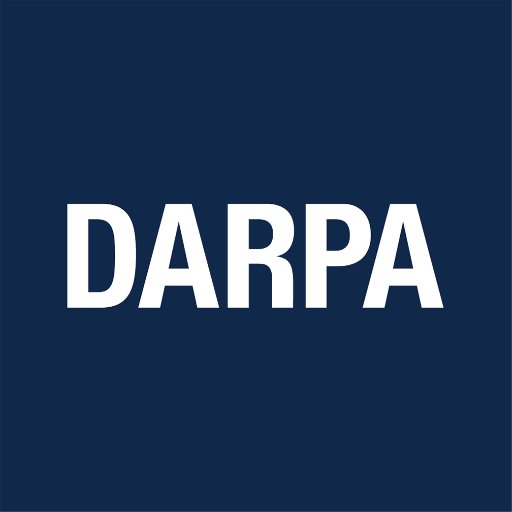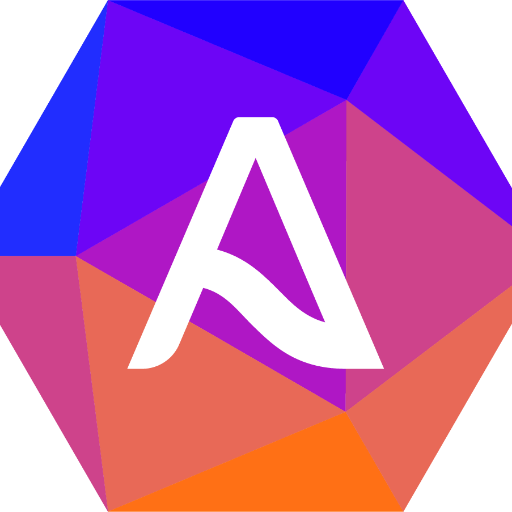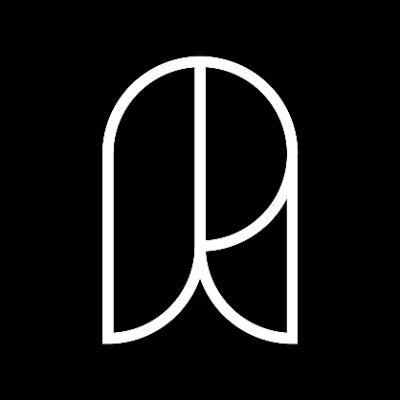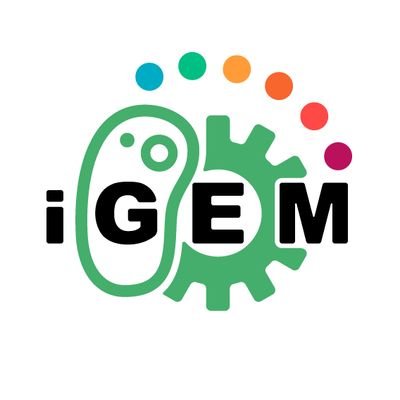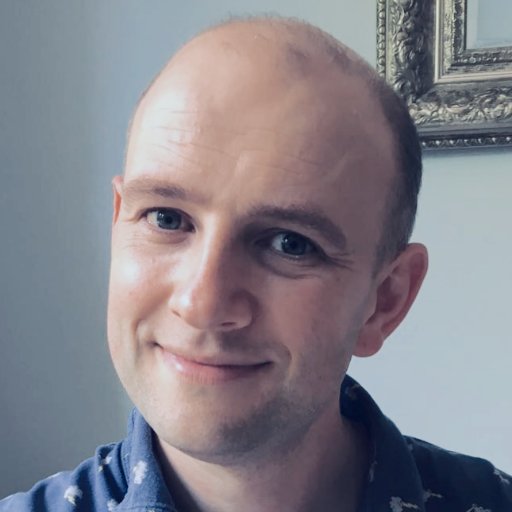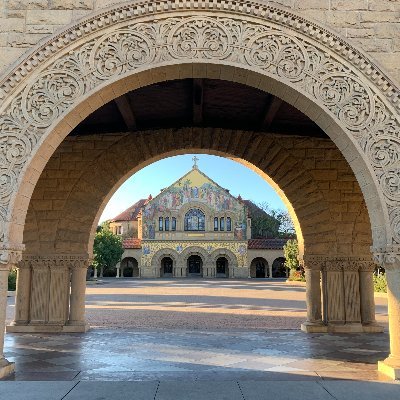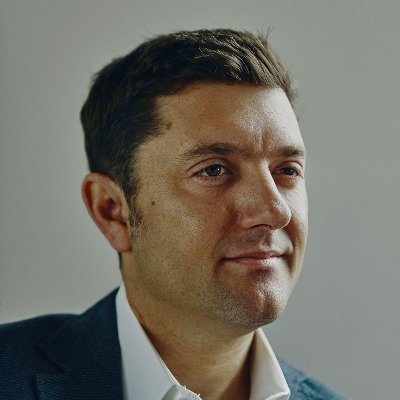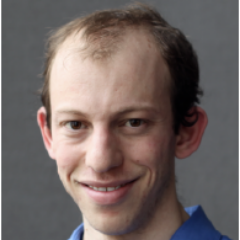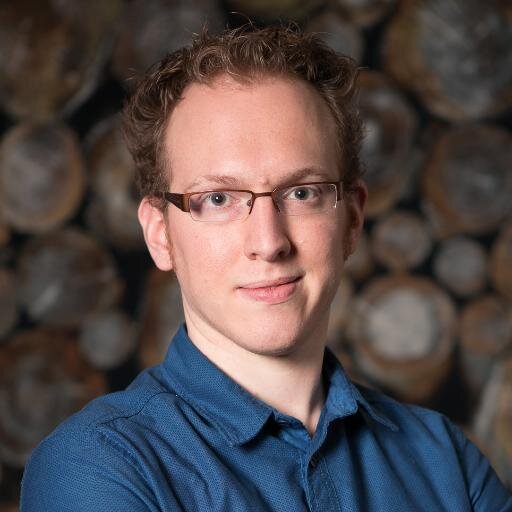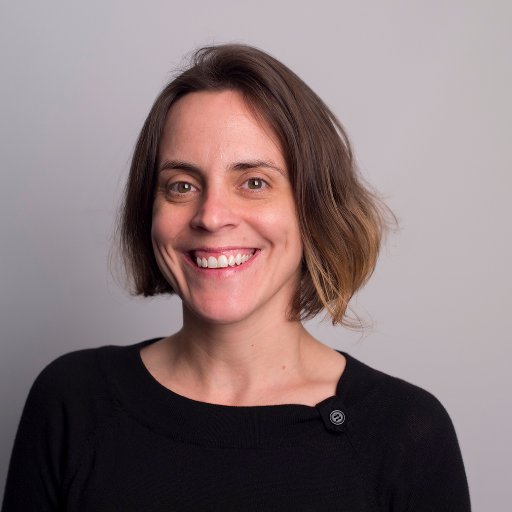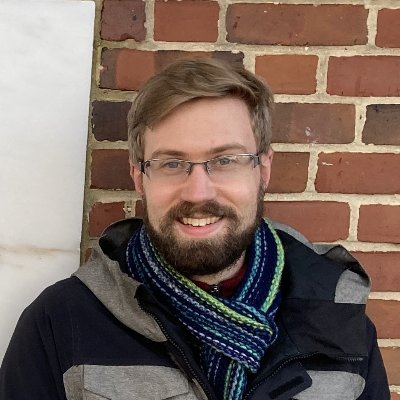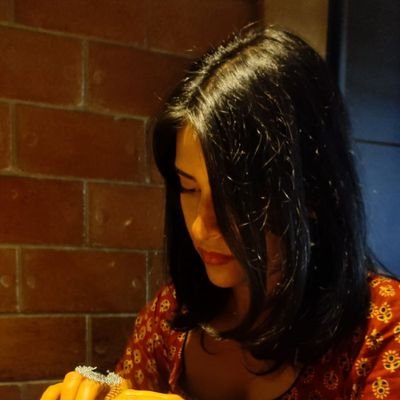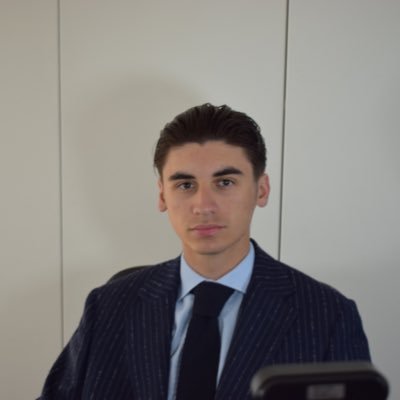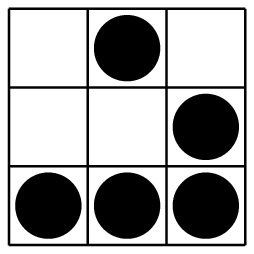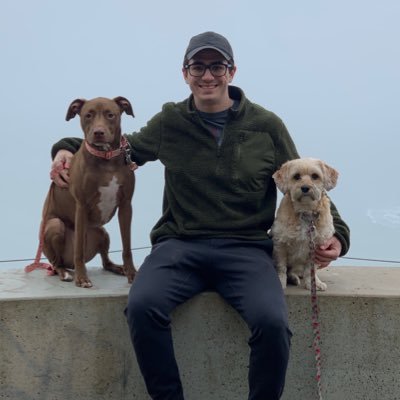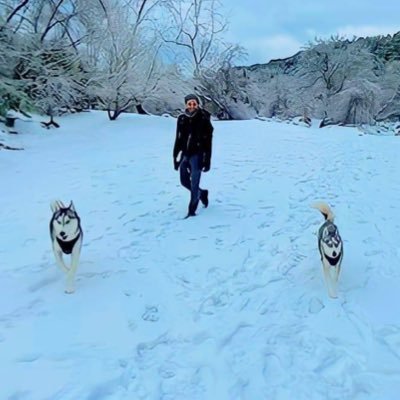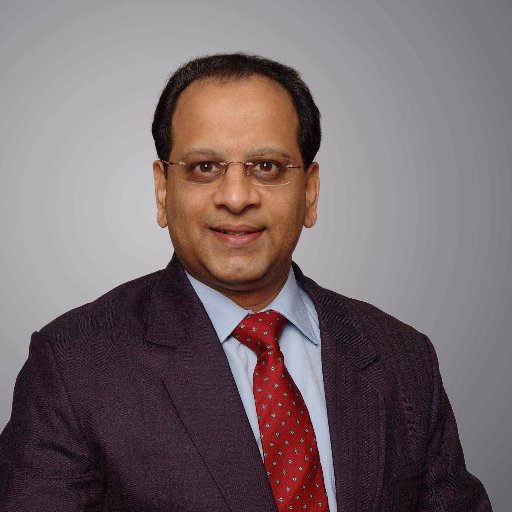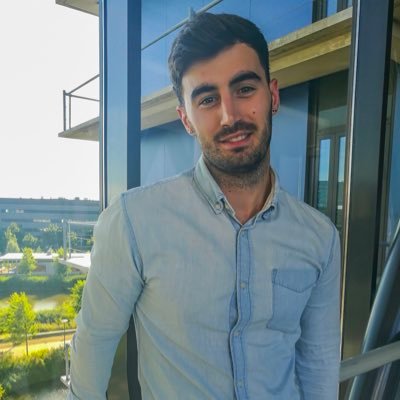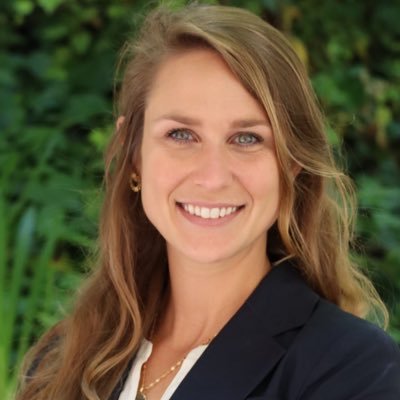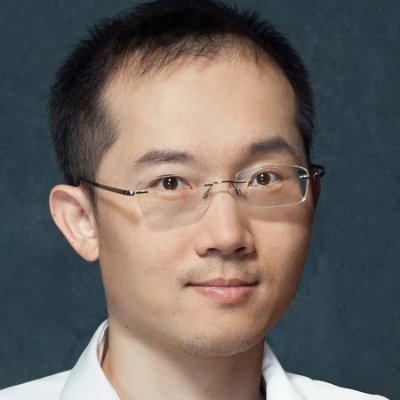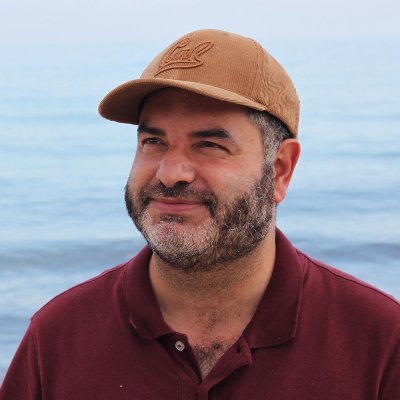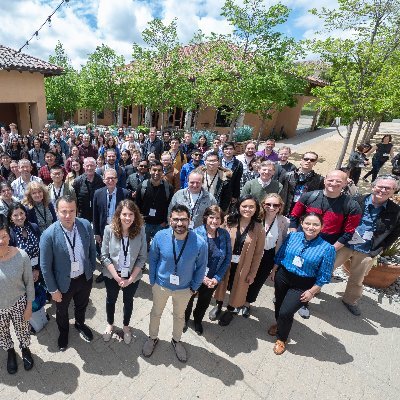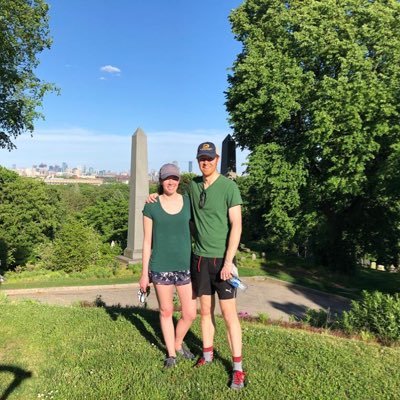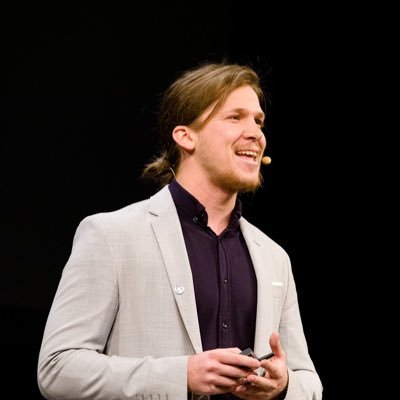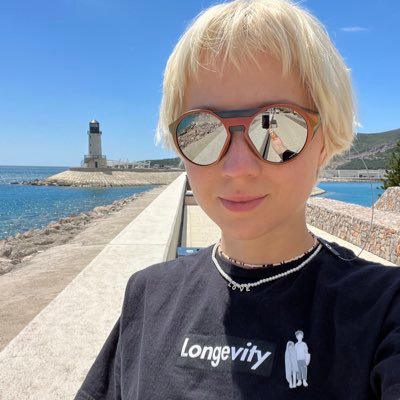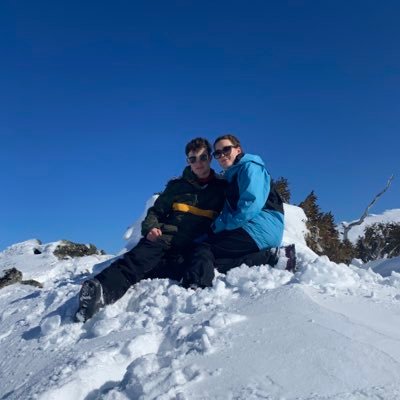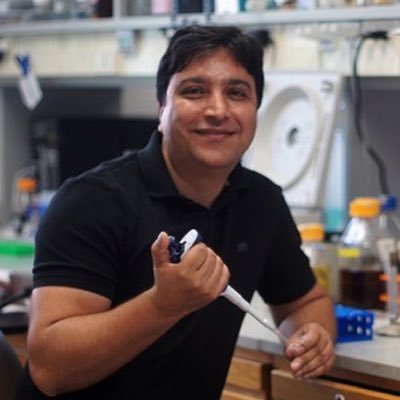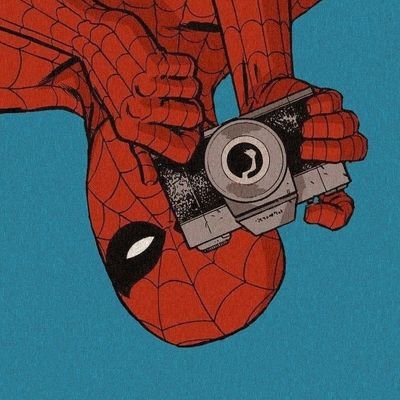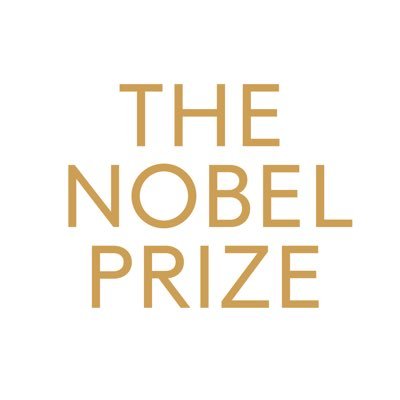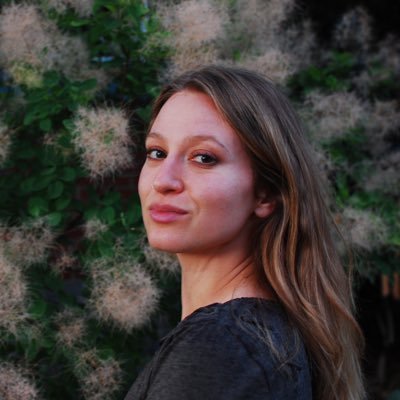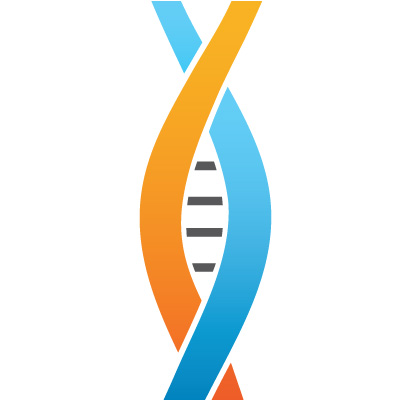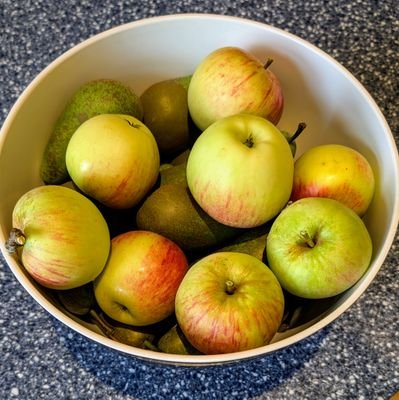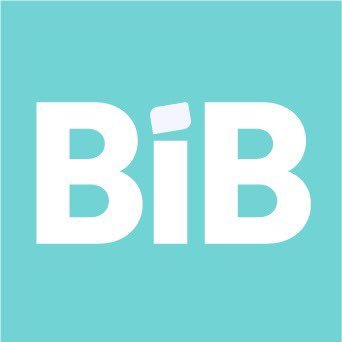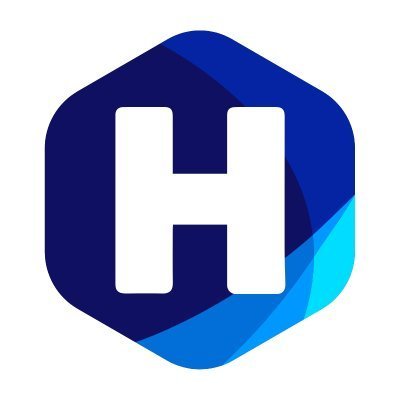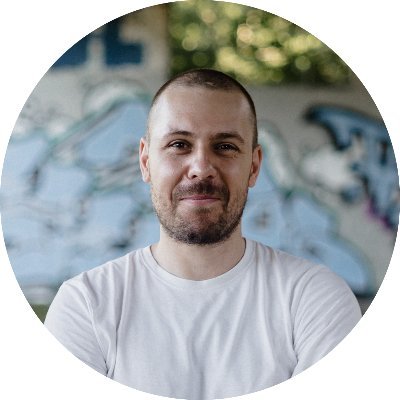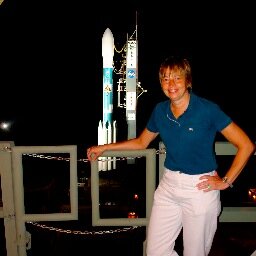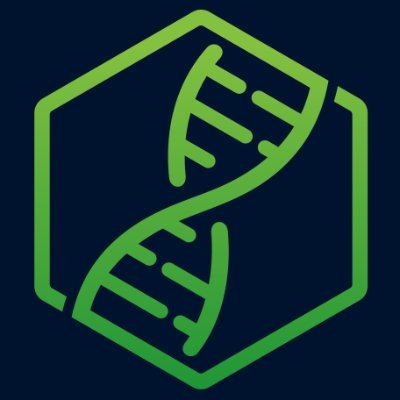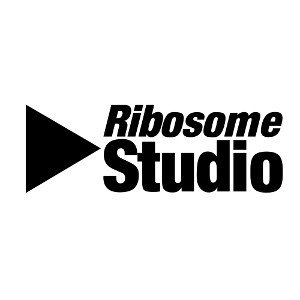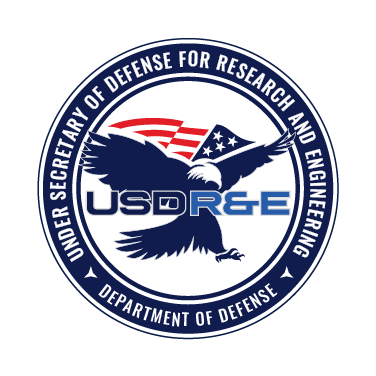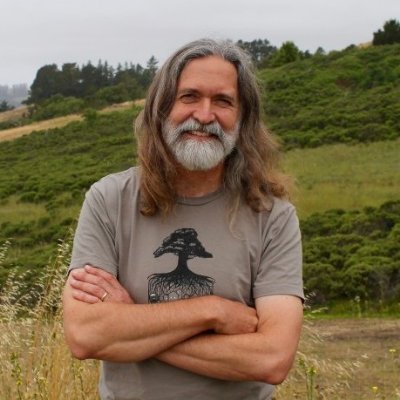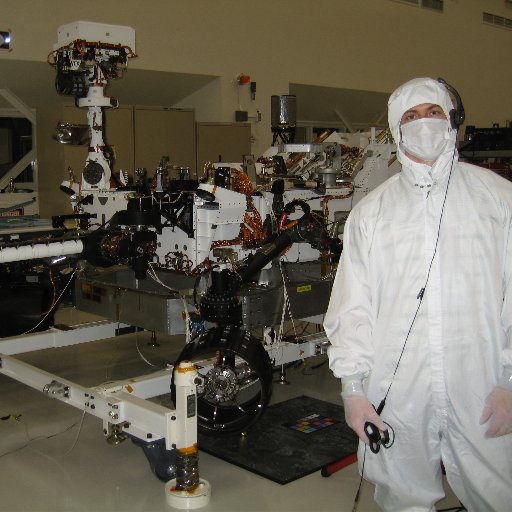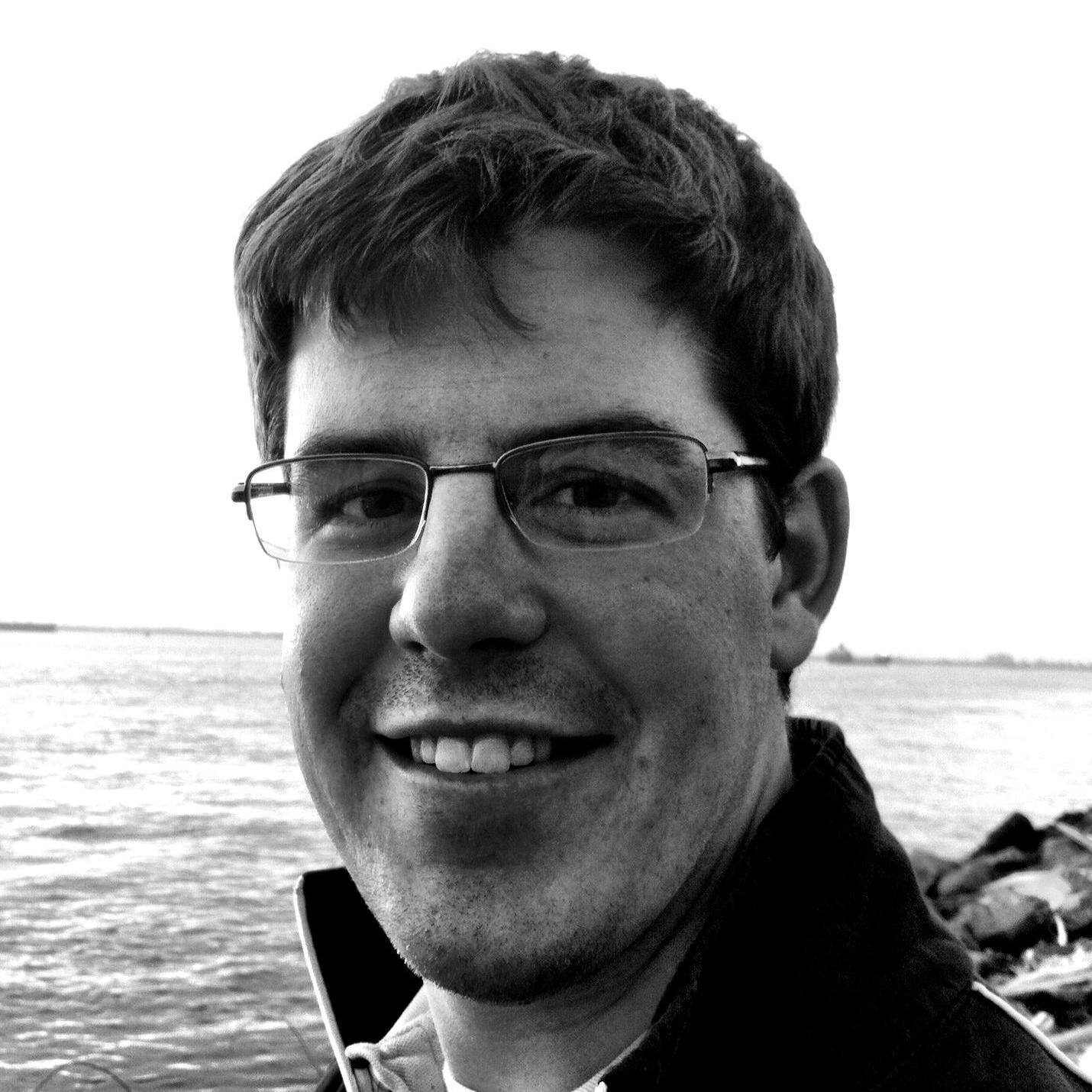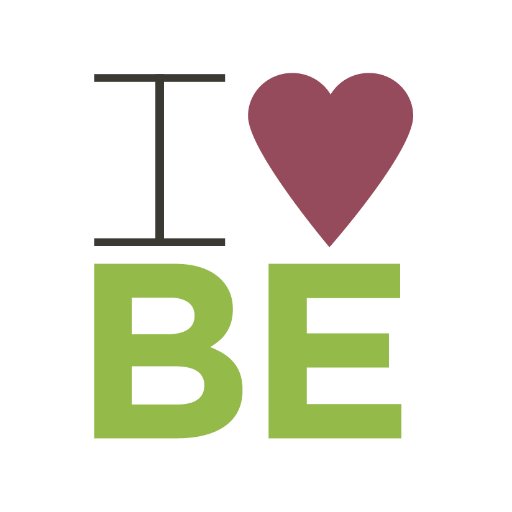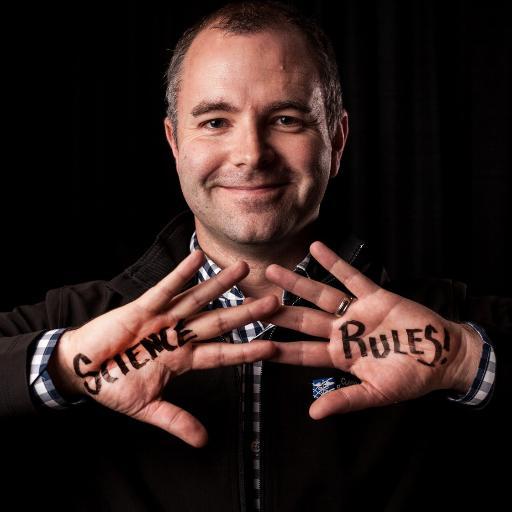
Asimov Labs (formerly the MIT-Broad Foundry)
@SynBioFoundryEnabling the next generation of genetic design
Similar User

@ACSSynBio

@EngBioRC

@Geneticdesigner

@PaulFreemont

@SynbiCITE

@SynBioUK

@Keasling_Lab

@EUSynBioS

@EngBioIRC

@PeterACarr

@hsalis

@NathanHillson

@Damp_Lab

@SamplePrep4Sci

@synthace
We are honored to be part of the program!
The Living Foundries program set out to transform synthetic #biomanufacturing into a predictable engineering practice. A new article in @J_A_C_S describes results from pressure test using @broadinstitute tech to synthesize 10 molecules in 90 days! pubs.acs.org/doi/10.1021/ja… #synbio

Over the years, people have asked: What does Asimov do? This is our brief response. At a high level, we think biology is an advanced form of molecular nanotechnology. Our goal is to create tools and software to more reliably engineer cells, thus bolstering humanity’s ability to…

In 30 minutes, we're wrapping up our final Issue for 2024. In the last 12 months, we launched this magazine, built a team of 6, printed our first book, and published more than 100,000 words about biotech and scientific progress. Thank you for following our journey!

Today we're launching our third biopharma product line, AAV Edge, to empower gene therapy developers. A big part of why Asimov exists is to enable biotechnologies with outsized societal benefit – and AAV gene therapies are a prime example. /1
Today we're announcing AAV Edge, our AI-powered suite of tools for gene therapy design and manufacturing. It's the first comprehensive platform for AAV manufacturing that enables end-to-end optimization, from payload design to tissue-specific control of gene expression to…
Cells are dense, crowded places; a bit like molecular burritos. When we engineer an organism, coaxing it to make proteins or molecules, we are imposing a molecular burden upon it. Our latest blog is all about these molecular "loads," and how to ease them, in engineered cells.🔻

Really proud of this piece, and really curious to hear what people think.
New technologies appear all the time. Large-language models, protein design, gene drives, and so on. How can we think through their risks? A good starting point is to answer the question: “Does this technology overcome protections that currently keep things safe?” New blog🔻

Today we launch ISSUE 03 of Asimov Press. 🧬🧫 Our featured essay is on the Origins of the Lab Mouse. 🐭 It explains how mice made their way from Victorian 'fancy' shows and a farm in Massachusetts to become a biomedical mainstay. By @Atelfo

Our first book about scientific progress, Origins, is now available. We learned a lot about printing—and starting a magazine—while creating this book. So we decided to write an essay about it! Buy the book, support our work, and learn more. 🔻 press.asimov.com/resources/less…

The @AsimovPress books are finally here! The first 500 copies were delivered to our hotel in San Jose. Feels surreal to see our hard work in print. The books are beautiful. Be the first to buy a copy at @SynBioBeta this Tuesday. Or just come by and say 'hello'. :)

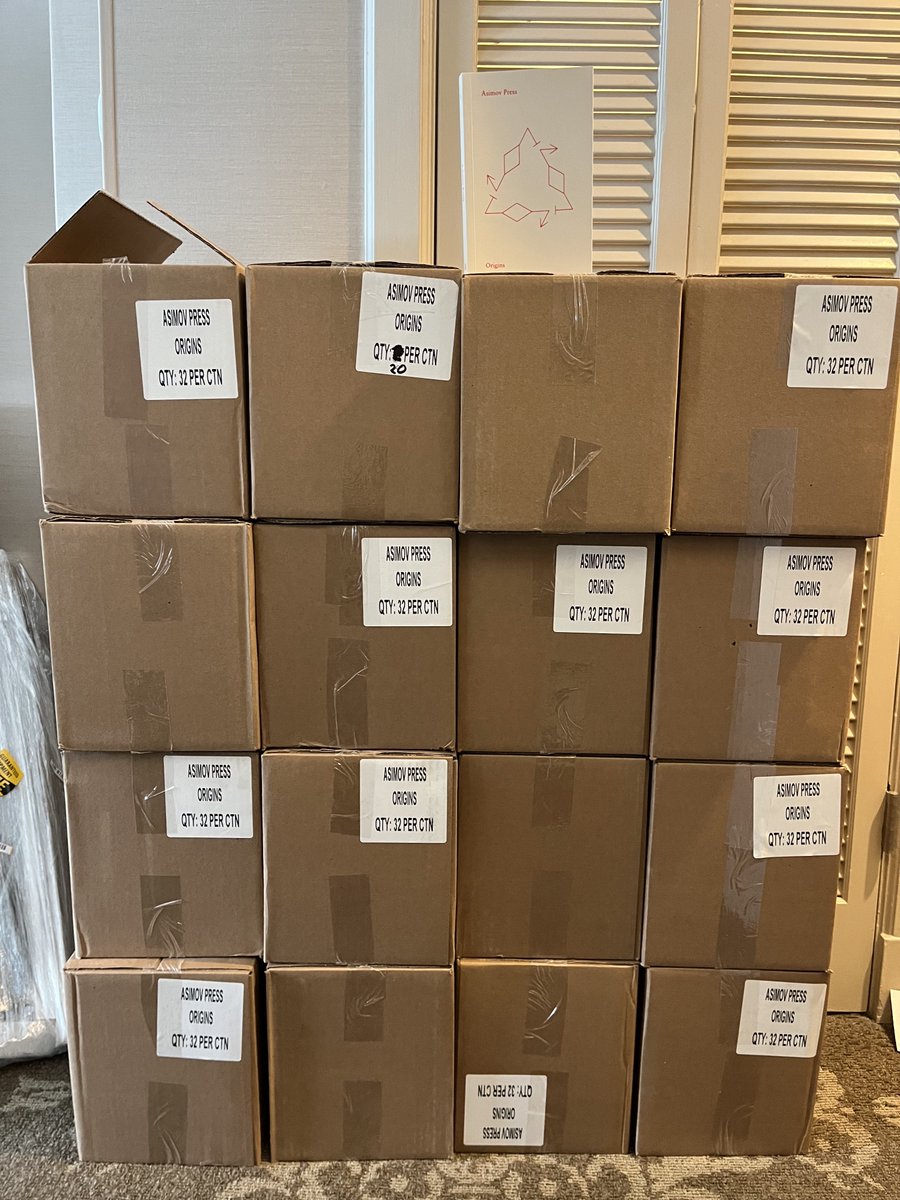
This story has it all: - Self-modifying AI - Quantum mechanical protein design - Automated genome editing - Bacteria that extrude carbon nanotubes - Next-gen chip fabrication What more could you ask for? An incredible sci-fi short by @RichardMCNgo for @AsimovPress
Tinker is a short story about an AI that designs the chips needed to train its successors. Written by @RichardMCNgo, it weaves together themes in synthetic biology and chip fabrication to imagine a plausible future. Read & subscribe: press.asimov.com/resources/tink…
The F.D.A. has approved dozens of cell therapies, nearly half of which are engineered. They work by taking a person's cells, engineering them to express a new gene, and then placing those "re-wired" cells back into the body to attack cancer cells or treat sickle-cell disease.…

Fast Biology 🚀 Cells are crowded, frenzied places. Sugar molecules cruise at 250 mph. ATP synthase whips around 134 times per second. But these numbers seem made up. How do we know they're real? My first editor's column for @AsimovPress asimov.press/p/fast-biology
~1/2 of FDA-approved cell therapies are engineered. The cells carry added transgenes that 'rewire' them to attack cancer or treat another disease. Most engineered cell therapies, including CAR-T, are made using lentiviruses. Our latest blog explains how it works & how to scale🔻
🚀 Today we launched the LV Edge Packaging System, our first offering in the cell therapy space and a leap forward for lentiviral production Cut costs, reduce risks, and achieve titers of 1E8 TU/mL and higher with cell lines and software tools to optimize transgene expression

Central Dogma in 7 Experiments Before DNA sequencing & molecular biology textbooks, decoding the mechanisms of a living cell required arduous experiments and clever speculation. Our latest blog explains the beautiful experiments that made it happen. asimov.com/blog-post/cent……

Asimov Press, a new publishing venture that features writing about biology, launched today. Our magazine and books will cover everything from biosecurity to vaccine development & the long arc of progress in genetic engineering. Learn more & subscribe: press.asimov.com

This year, Asimov isolated, verified, checked, & packaged 240,000+ individual DNA sequences using robots & software that tracks each part & also helped make mammalian genetic design easier for iGEMers! Learn more about all this & what's in store for 2024 jamboree.igem.org/2023/tickets


An F1 car is built from 14,500 individual parts. Every screw, and every system, is modeled and simulated before the car is pieced together. We should do the same for biology. In this blog post, we describe our metabolic simulator for CHO cells. This simulator can reveal…

CHO cells were derived from hamsters smuggled out of China in 1949. Today, they make about 70 percent of all F.D.A. approved biologics sold. This latest blog describes the synthetic biology and computational tools we've developed to explore “genetic design space” and optimize…

We're hiring an Editor at Asimov Press. Come tell biotechnology stories. Work with writers. Learn about synthetic biology. Sculpt pieces that shift the field and help more people understand biology and its possibilities. Let's build this together. jobs.lever.co/asimov/7807f89…
United States Trends
- 1. Kendrick 648 B posts
- 2. #AskShadow 22,6 B posts
- 3. MSNBC 207 B posts
- 4. Drake 85,8 B posts
- 5. Luther 47,7 B posts
- 6. Wayne 59 B posts
- 7. Brandon Allen 1.939 posts
- 8. Daniel Jones 47,3 B posts
- 9. Kdot 7.167 posts
- 10. TV Off 40 B posts
- 11. Squabble Up 28,6 B posts
- 12. LinkedIn 41,7 B posts
- 13. Dobbs 1.901 posts
- 14. NASA 72,1 B posts
- 15. Dodger Blue 15 B posts
- 16. Reincarnated 37,6 B posts
- 17. Brock Purdy 4.423 posts
- 18. Gloria 47,7 B posts
- 19. Giants 79,3 B posts
- 20. Jack Antonoff 10,1 B posts
Who to follow
-
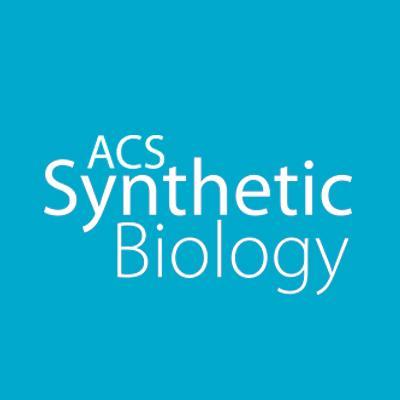 ACS Synthetic Bio
ACS Synthetic Bio
@ACSSynBio -
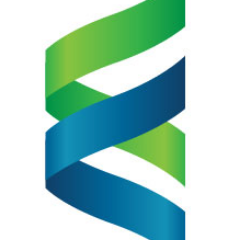 EBRC
EBRC
@EngBioRC -
 Christopher Voigt
Christopher Voigt
@Geneticdesigner -
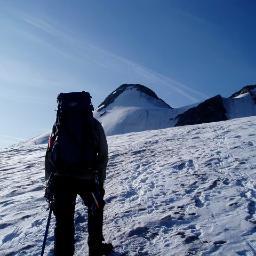 Paul Freemont
Paul Freemont
@PaulFreemont -
 SynbiCITE
SynbiCITE
@SynbiCITE -
 SynBioUK
SynBioUK
@SynBioUK -
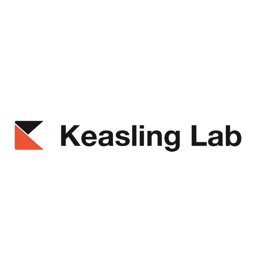 Keasling Lab 🏳️🌈🏳️⚧️
Keasling Lab 🏳️🌈🏳️⚧️
@Keasling_Lab -
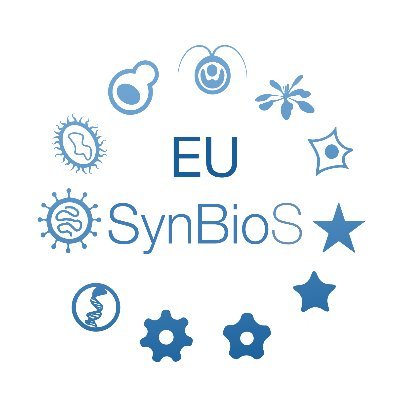 EUSynBioS
EUSynBioS
@EUSynBioS -
 EngBio IRC
EngBio IRC
@EngBioIRC -
 Peter A. Carr
Peter A. Carr
@PeterACarr -
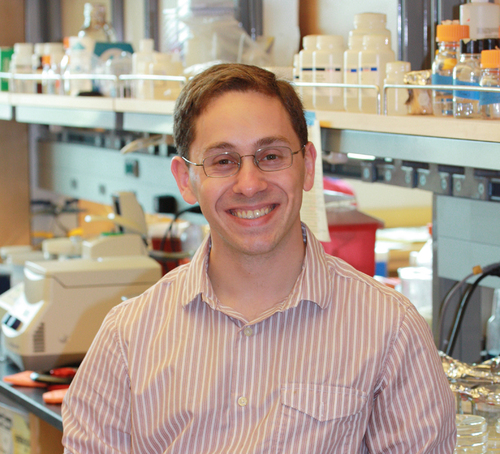 Howard Salis
Howard Salis
@hsalis -
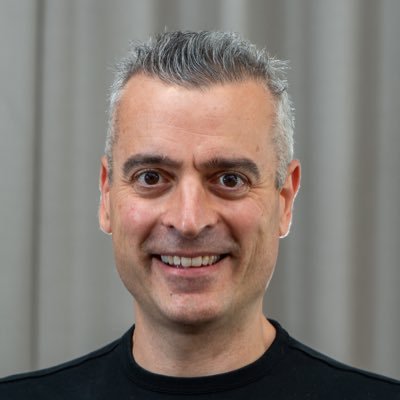 Nathan Hillson
Nathan Hillson
@NathanHillson -
 DAMP Lab
DAMP Lab
@Damp_Lab -
 Sample Prep for Science
Sample Prep for Science
@SamplePrep4Sci -
 Synthace
Synthace
@synthace
Something went wrong.
Something went wrong.

